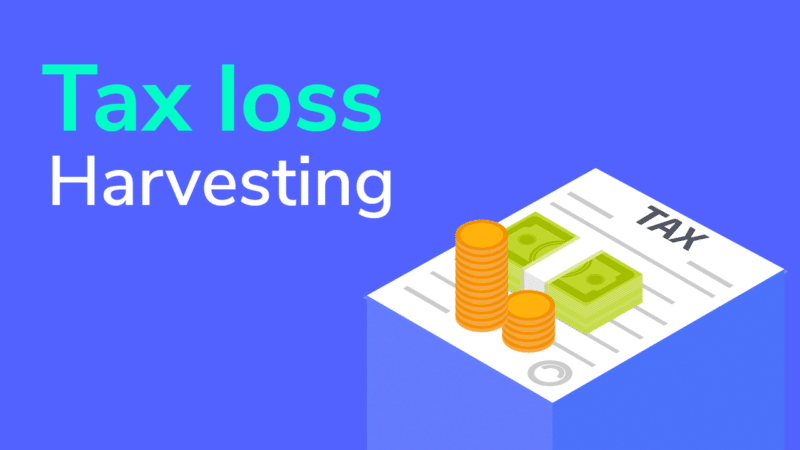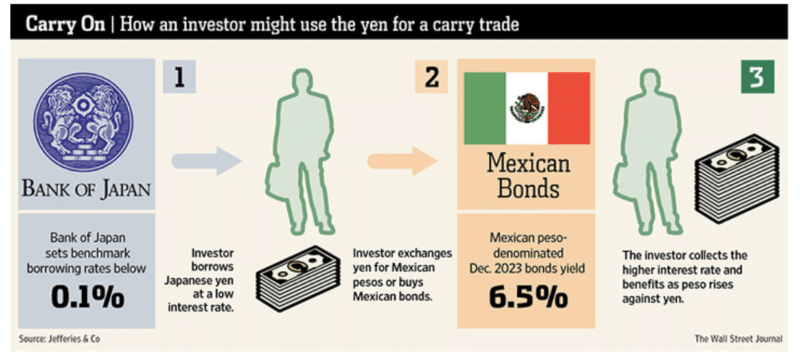
Growing up in Malta, I used to drink Nescafe instant coffee, which is pretty low-quality stuff, but that’s what was popular at the time. I used to add milk to it and probably go through a whole pack of sugar-loaded Italian biscuits. Not the healthiest point in my life for sure.
Up until my twenties, coffee wasn’t a really big thing for me. I believe it was when I went to live in Chiang Mai that I really got hooked on it. Thailand and Chiang Mai in particular has a very strong coffee culture, and they have amazing coffee and baristas.
I started to educate myself about coffee, and eventually learned that many Italians carry a Moka pot wherever they go for their morning coffee fix. I adopted the habit and the Moka pot became my brewing method of choice for my daily coffees. I also bought a french press around that time, and I use that one when I want a bigger cup of coffee that I can sip on slowly while working.
Here’s my recipe for the moka pot:
- Use finely ground beans
- Fill the coffee puck to the brim and shave anything extra off the top, but don’t compress
- Put boiling or close to boiling water in the water recipient then screw the two parts and put on low fire
- Leave the lid open so you can monitor extraction
- Once the coffee is almost fully extracted remove the pot from the fire and use cold water on the bottom part to stop the extraction
- Serve
The big mistakes I see with this method tend to be the following:
- Using bad quality beans (typically the supermarket variety)
- Compressing the ground coffee in the puck
- Not stopping the extraction in time (if you see frothing and bubbles at the end it’s gone over already)
Brewing coffee is also part of my morning routine:
The brewing of coffee is a meditative process in itself and gets me primed for the structured meditation that comes after it. By using a moka pot and manually grinding the beans I would have previously selected from a local roastery, I’m injecting a bit of art and manual work into the process, and it definitely means more and feels more satisfying to finally drink the brewed shot of coffee while I start my meditation, compared to if I had just used a Nespresso machine.
It’s also a component of my afternoon power nap, which usually happens just after lunch and leaves me feeling brand new and ready to kill it in the second half of the day.
My latest addition is an AeroPress, which is a popular coffee brewing device that is known for its versatility, ease of use, and portability. It consists of two plastic cylinders that fit together to create a vacuum, which forces hot water through a filter and into a chamber where the coffee is brewed.
The AeroPress allows for precise control over the brewing process, including water temperature, grind size, and brewing time, which enables users to experiment with different variables to create a customized cup of coffee. Additionally, its compact size and durable construction make it an ideal option for travel or for use in small spaces.
The AeroPress has become my most used tool for making coffee, and nowadays I typically brew a cold brew and have it available in the fridge to drink over the next two days, which is extremely convenient. For the cold brew, I use the Puck Puck extension for the AeroPress.
Although it’s a simple tool, there are loads of ways to experiment with an AeroPress, so head over to sites like Aeroprecipe or download the Aeromatic app and have some fun.
Of course, I still enjoy a nice espresso at a good coffee shop, and luckily Barcelona has quite a few of those.
Sourcing My Coffee
Here’s where I typically get my coffee from:
Terres de Café
Founded in 2009, Terres de Café offers over 30 specialty coffees in France, sourced from Latin America and Africa, emphasizing environmental and community respect.
The Coffee Hackers
The Coffee Hackers are based in Barcelona, specializing in carefully selected and transported specialty coffee with a variety of flavors and aromas.
D·Origen Coffee Roasters
Costa Blanca-based D·Origen Coffee Roasters focus on selecting and roasting high-quality coffees, known for their specialty coffee production from Finca Barú Black Mountain.
Coffee Timing
Caffeine is one of the most widely used stimulants in the world, but its effects on sleep—particularly deep sleep—are often underestimated. Many people assume they’re unaffected because they can fall asleep after an evening coffee, but what happens beneath the surface is more significant. The quality of sleep, especially the depth of deep sleep, can be heavily compromised even if sleep onset seems normal.
Caffeine has a half-life of about 5 to 6 hours and a quarter-life of 10 to 12 hours, meaning it remains in the body long after its stimulating effects fade. Even moderate caffeine intake later in the day can reduce deep, restorative sleep by up to 30%. Such a reduction in sleep quality can leave the body and brain less recovered, impacting mood, energy, and cognitive performance the next day.
This often leads to a cycle where the individual wakes feeling unrefreshed, reaches for more caffeine to push through the day, and then faces even more difficulty getting quality sleep at night. Sometimes, people turn to alcohol in the evening to relax or fall asleep, which only further fragments sleep and suppresses REM. The combination disrupts the natural sleep-wake rhythm and can erode long-term sleep health.
A simple but effective guideline is to stop consuming caffeine 8 to 10 hours before your regular bedtime. For someone going to bed around 10:30 p.m., this means avoiding caffeine after about 12:30 to 2:30 p.m. Protecting this caffeine-free window helps preserve the depth and continuity of sleep, allowing for better recovery, more energy, and greater clarity the following day.
The Good and Bad News About Coffee
This is a very informative video about coffee, especially if you’re interested in its effects on fitness and performance.
I can drink between 2 and 5 cups of coffee a day, and in general, I think I metabolize the coffee pretty quickly, as it has a very mild effect on me. Having said that, I try to avoid coffees after 5pm in order to prevent the caffeine from having any negative effects on my sleep.
I also have a lot of respect for Dr Huberman, and this is his take on caffeine:








 A carry trade or “carry trading’ is a unique trading strategy where one takes a loan at a low-interest rate and then takes that loan to invest in an asset that provides a significantly higher rate of return. It’s a strategy that has been used in traditional markets for many years between various fiat currencies but lately, many cryptocurrency enthusiasts are using this same strategy with a twist. It’s time to introduce yourself to the crypto carry trade.
A carry trade or “carry trading’ is a unique trading strategy where one takes a loan at a low-interest rate and then takes that loan to invest in an asset that provides a significantly higher rate of return. It’s a strategy that has been used in traditional markets for many years between various fiat currencies but lately, many cryptocurrency enthusiasts are using this same strategy with a twist. It’s time to introduce yourself to the crypto carry trade.